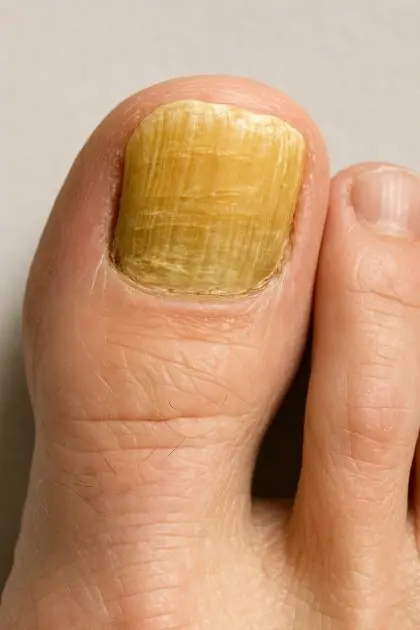
You’re doing it all wrong. Here’s the right way to defrost food
🧊 You’re Doing It All Wrong: The Right Way to Defrost Food
Defrosting food might seem simple, but doing it incorrectly can lead to bacterial growth, food poisoning, and wasted meals. Here are the four safe and effective methods to thaw food properly:
1. 🧊 In the Refrigerator (Safest Method)
-
How it works: Place frozen food on a plate or in a container on the bottom shelf of your fridge.
-
Why it’s safe: Keeps food out of the “danger zone” (5°C–60°C) where bacteria multiply.
-
Timing: Allow 24 hours for every 2–2.5 kg (4–5 lbs) of food.
-
Tip: Once thawed, cook or eat within 24 hours. Do not refreeze.
2. 💧 Under Cold Running Water
-
How it works: Submerge food in a leak-proof bag under cold tap water.
-
Why it’s safe: Constant cold water keeps the temperature low enough to prevent bacterial growth.
-
Timing: Faster than fridge thawing—usually takes a few hours depending on size.
-
Tip: Cook immediately after thawing.
3. 🔥 In the Microwave
-
How it works: Use your microwave’s defrost setting based on weight.
-
Why it’s safe: Only if you cook the food immediately afterward.
-
Warning: Microwaves can create warm spots where bacteria thrive if food is left sitting.
4. 🍳 Cook Directly from Frozen
-
How it works: Some foods (like frozen vegetables or pre-packaged meals) are designed to be cooked without thawing.
-
Why it’s safe: Cooking kills bacteria as the food heats evenly.
-
Tip: Check packaging instructions—some meats and fish can be safely cooked from frozen.
🚫 What NOT to Do
-
Never thaw food on the countertop. Room temperature allows bacteria to multiply rapidly.
-
Avoid hot water thawing. It can partially cook the food and create unsafe temperature zones.
-
Don’t refreeze thawed food unless it’s been cooked. Refreezing raw thawed food can degrade quality and safety.
News in the same category

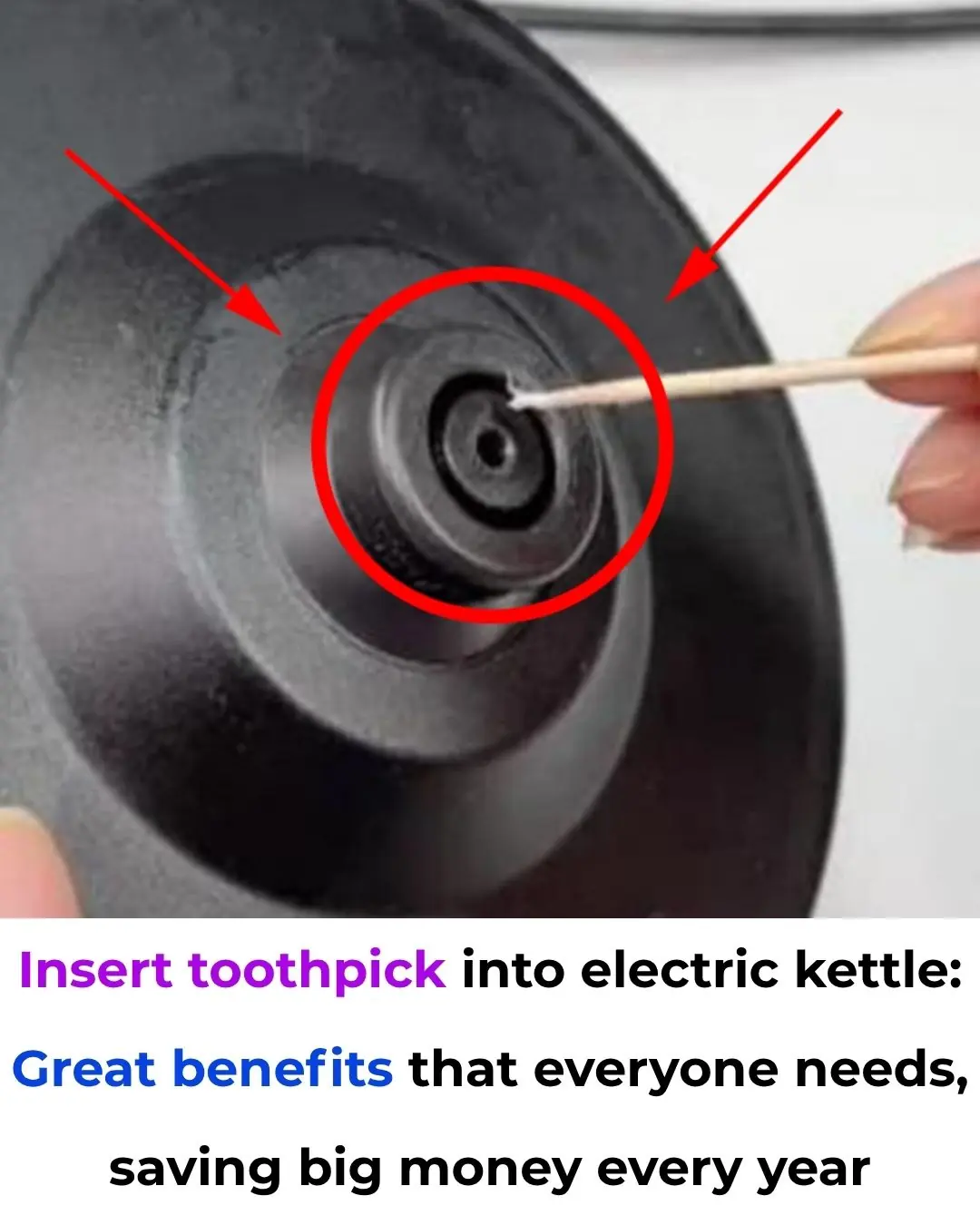
Stick a Toothpick into Your Electric Kettle: Amazing Benefits Every Home Needs, Save Hundreds Each Year
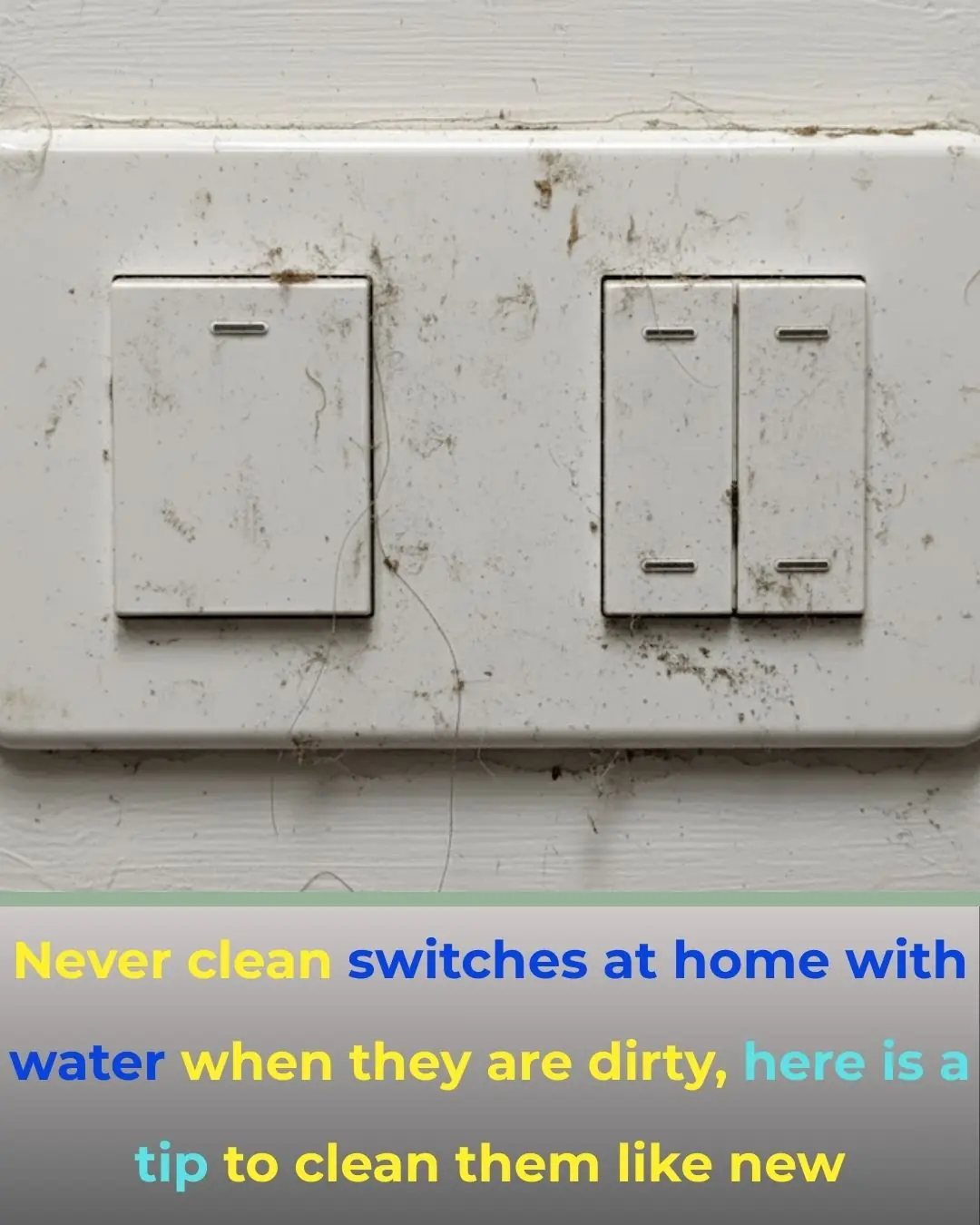
Never Clean Your Light Switches with Water: Here’s a Safe Trick to Make Them Shine Like New

Why You Shouldn’t Pluck Your Nose Hairs
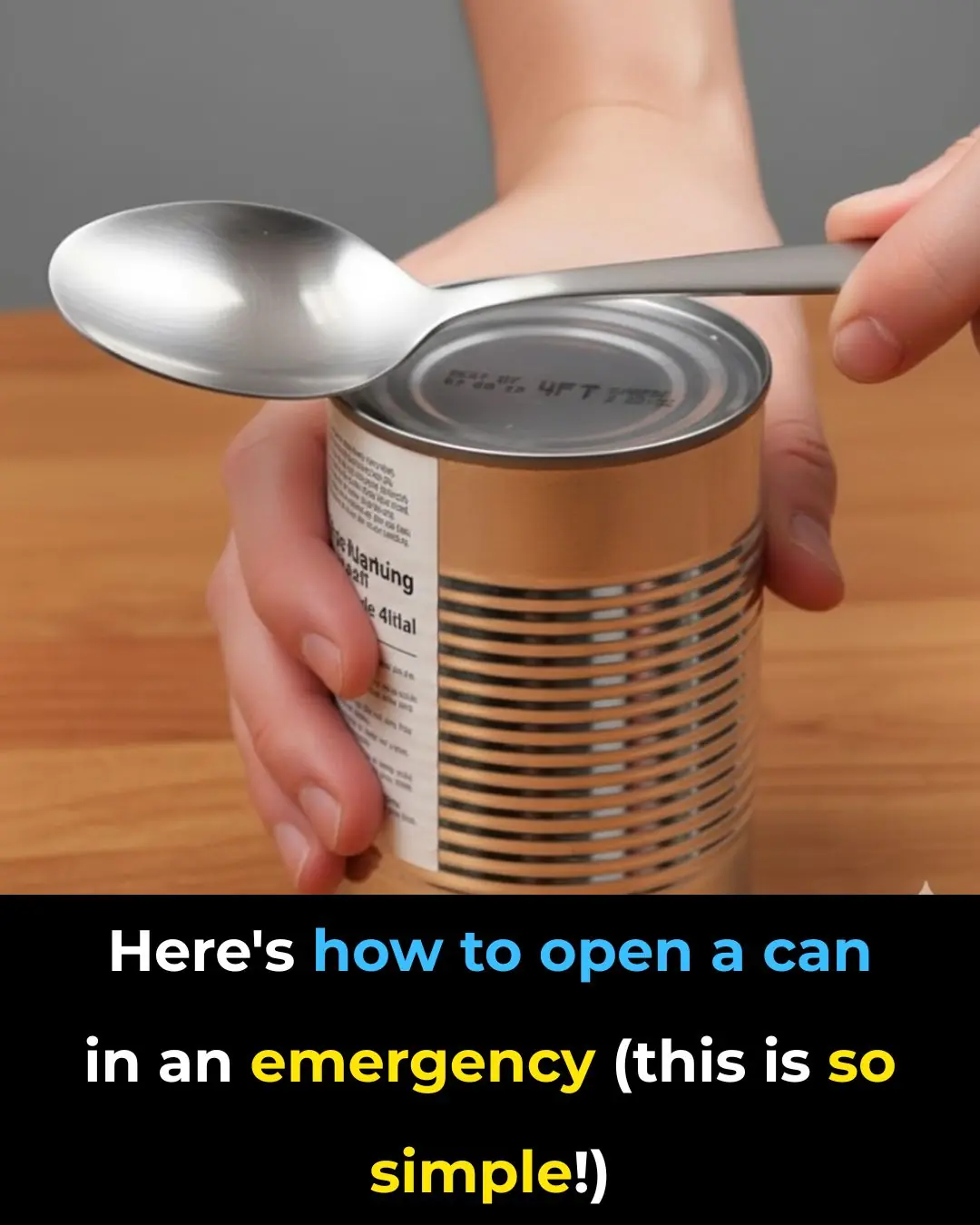
Here's how to open a can in an emergency (this is so simple!)
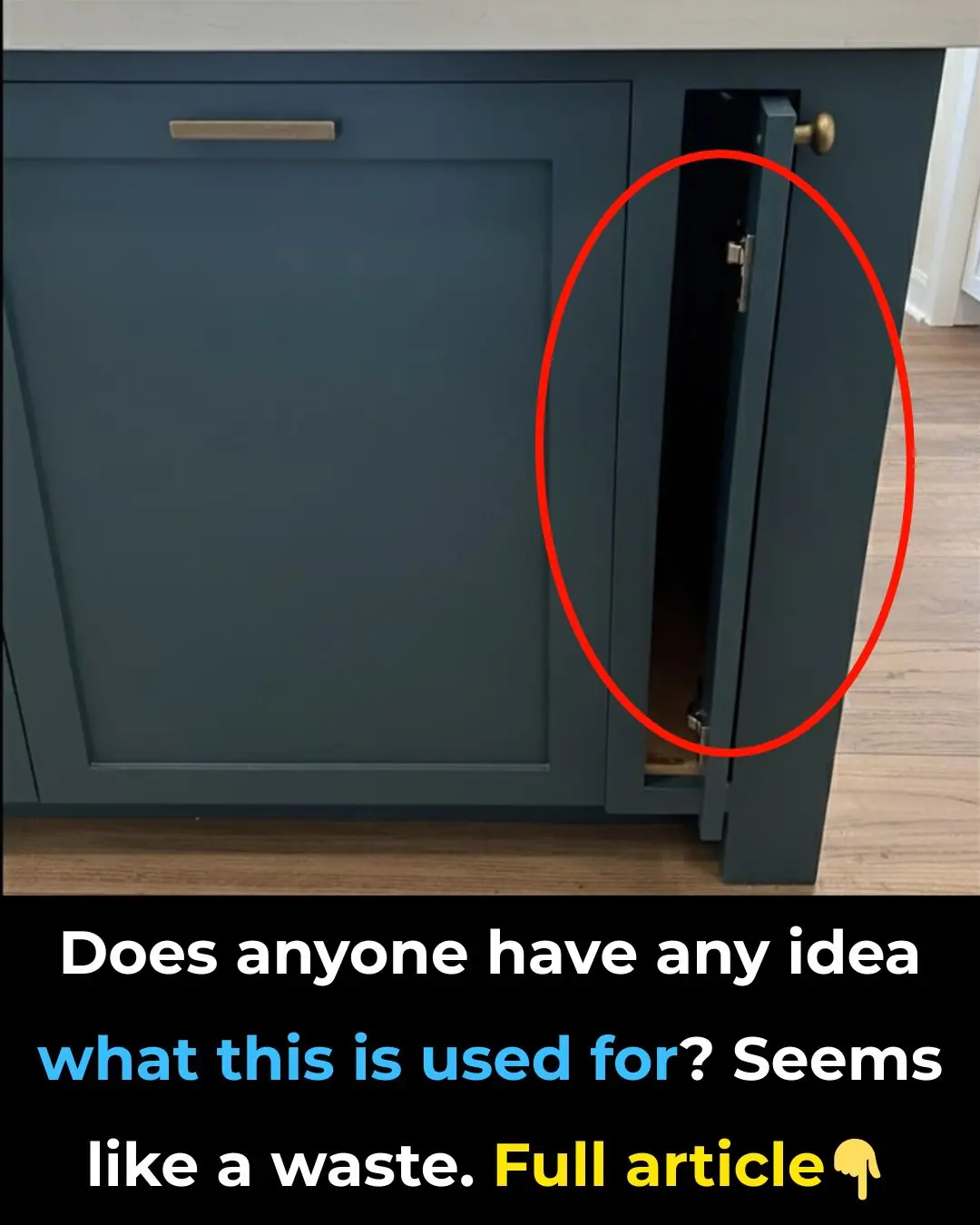
Does anyone have any idea what this is used for? Seems like a waste
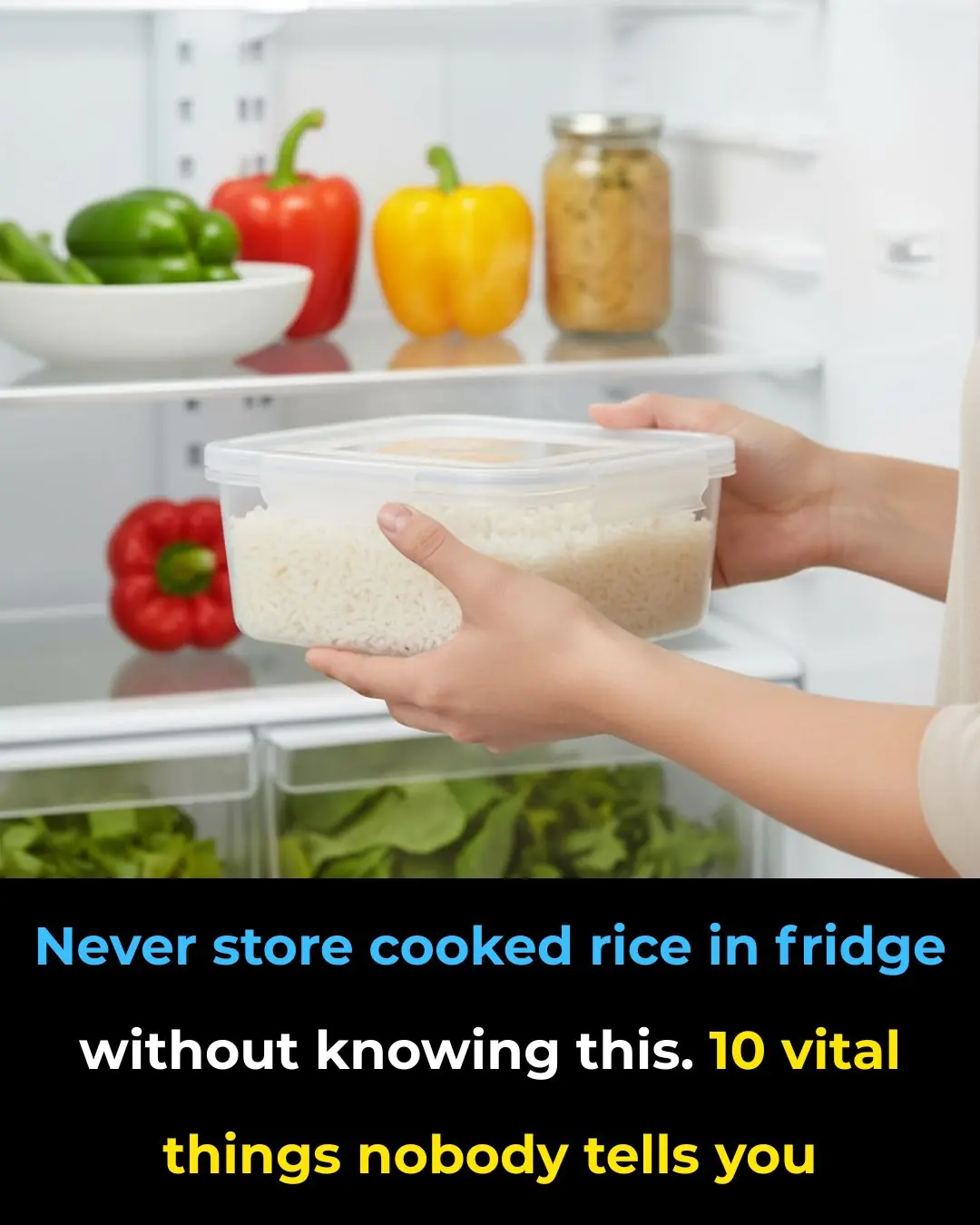
I had no clue about this
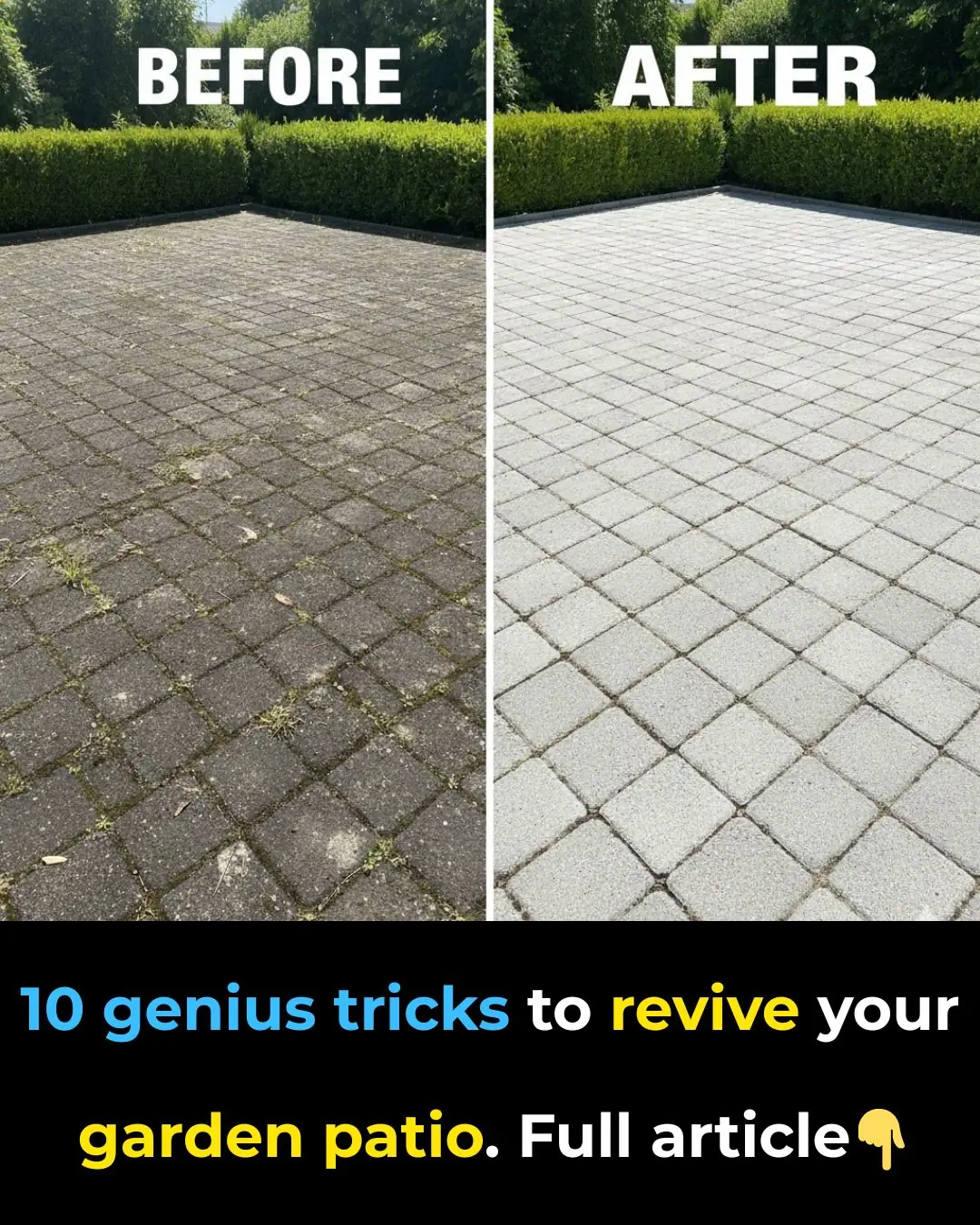
10 genius tricks to revive your garden patio
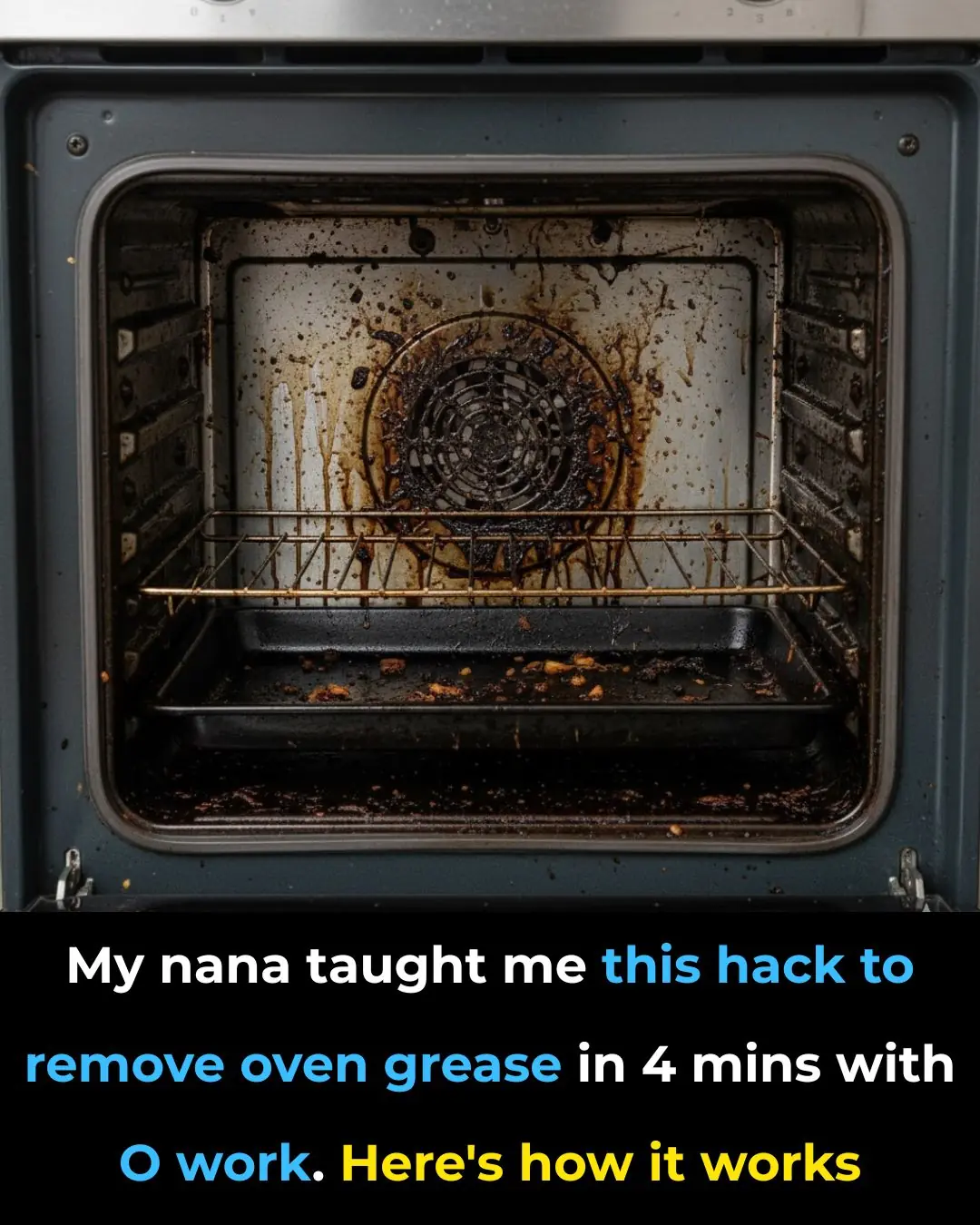
My nana taught me this hack to remove oven grease in 4 mins with 0 work. Here’s how it works
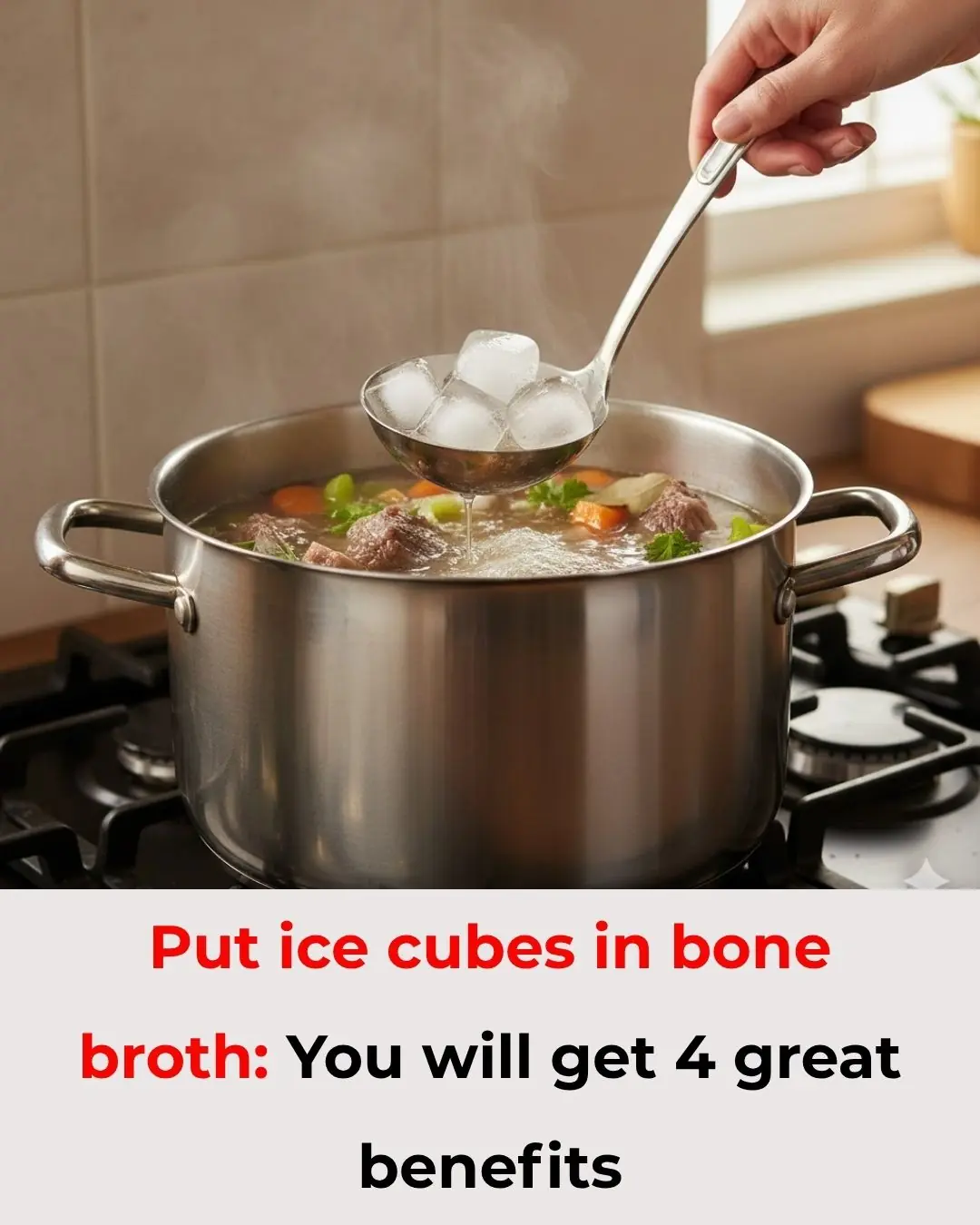
Put ice cubes in bone broth: You will get 4 great benefits

5 Easy Ways to Test Honey at Home
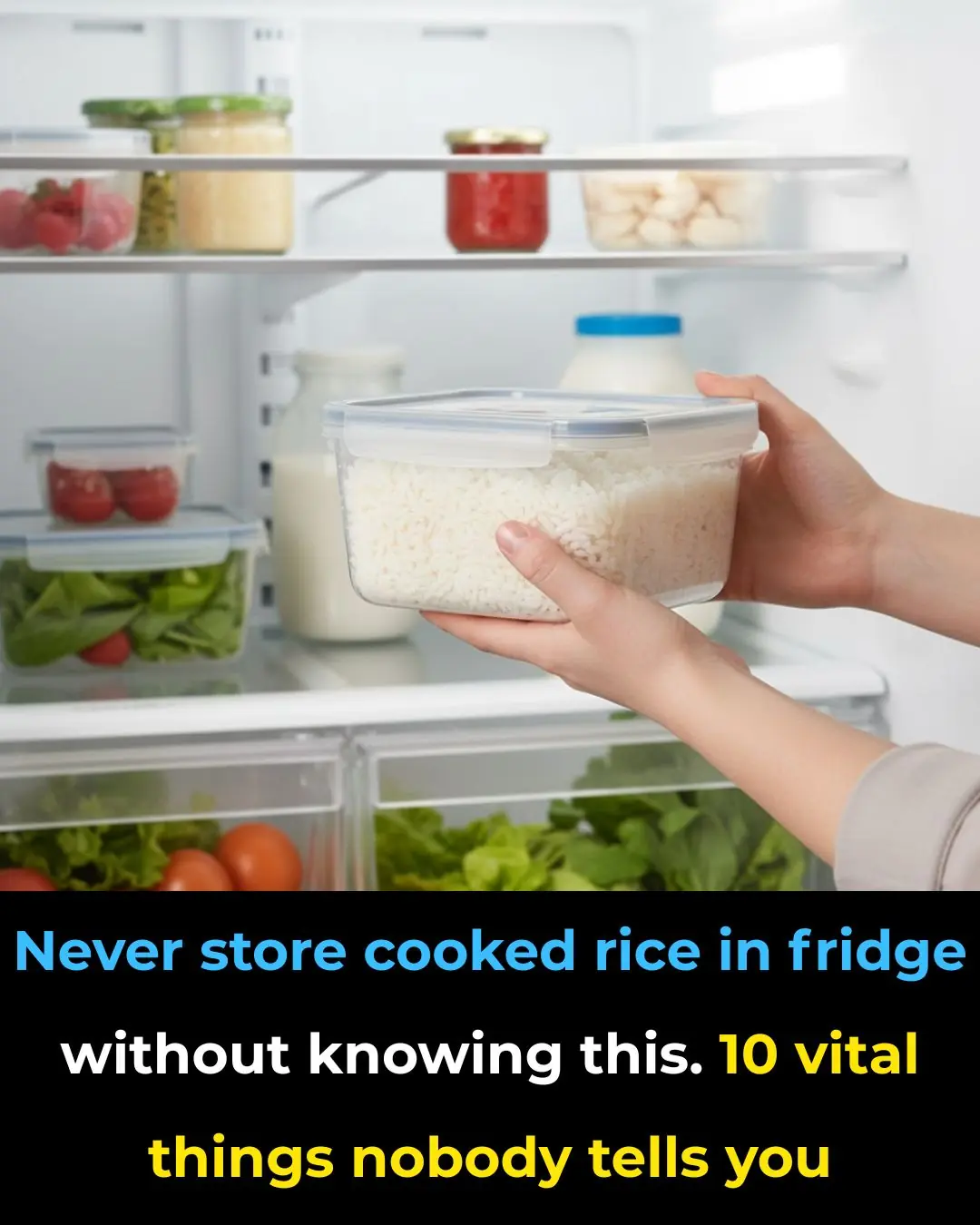
I had no clue about this

I had no clue about this!
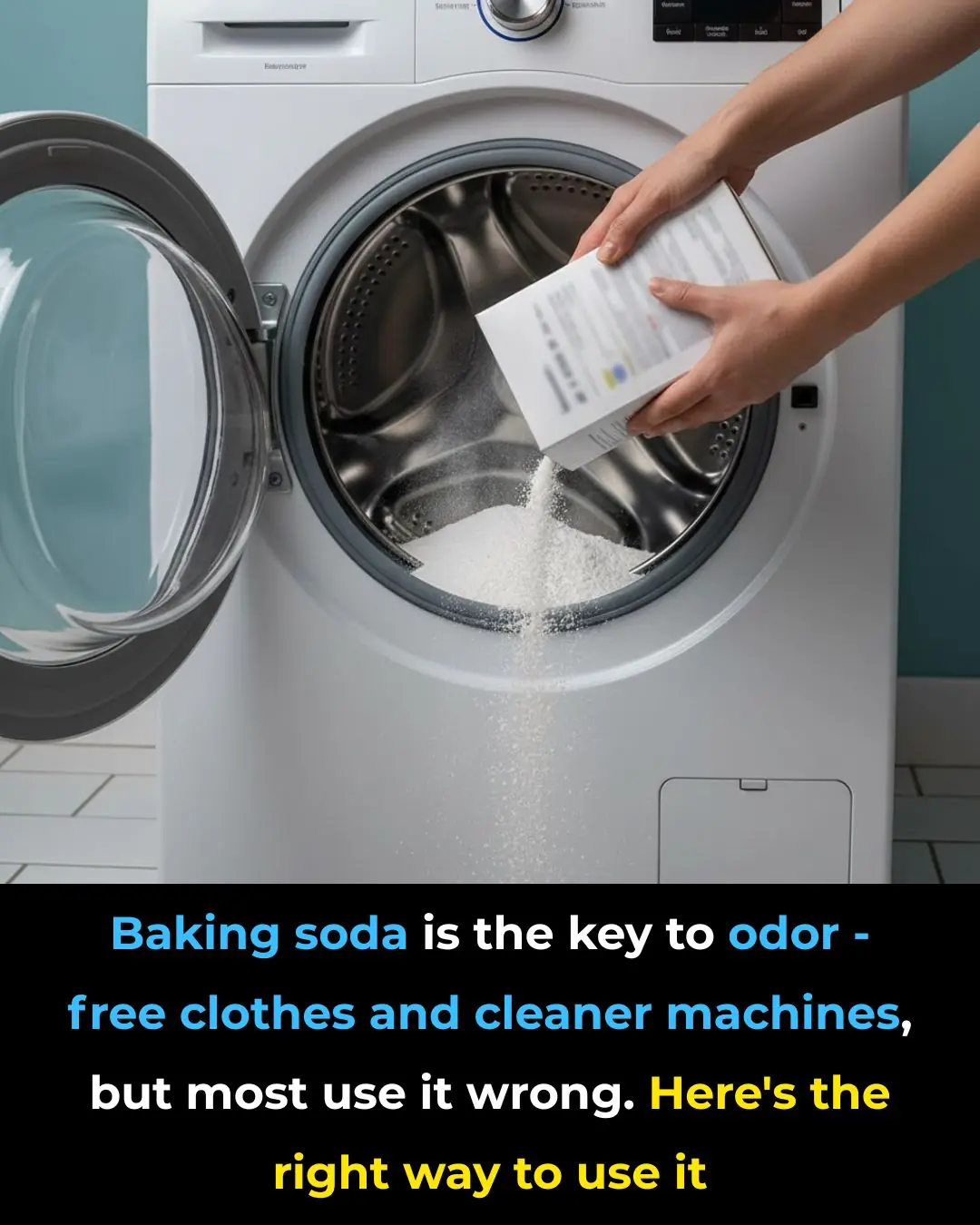
I had no idea
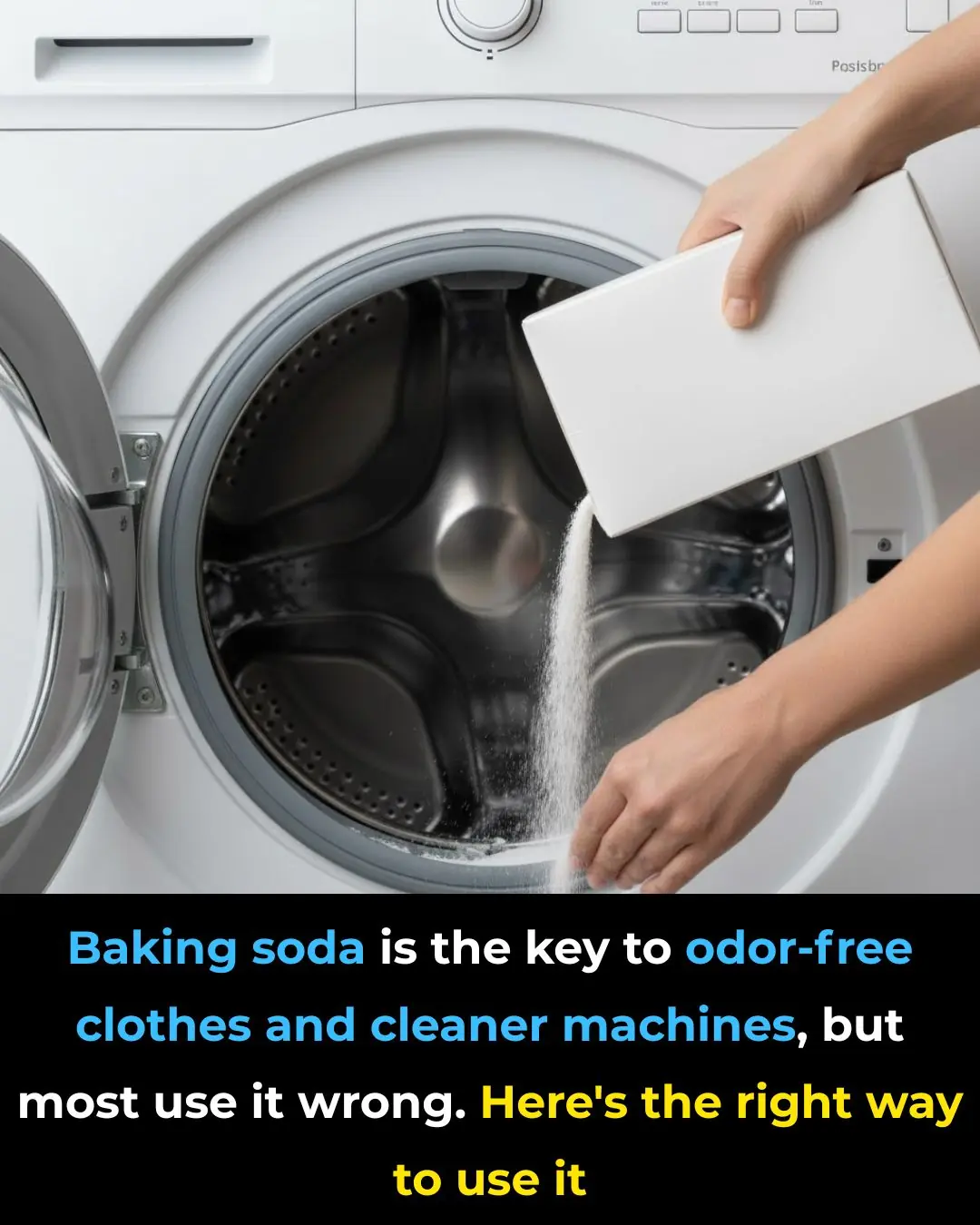
I had no idea
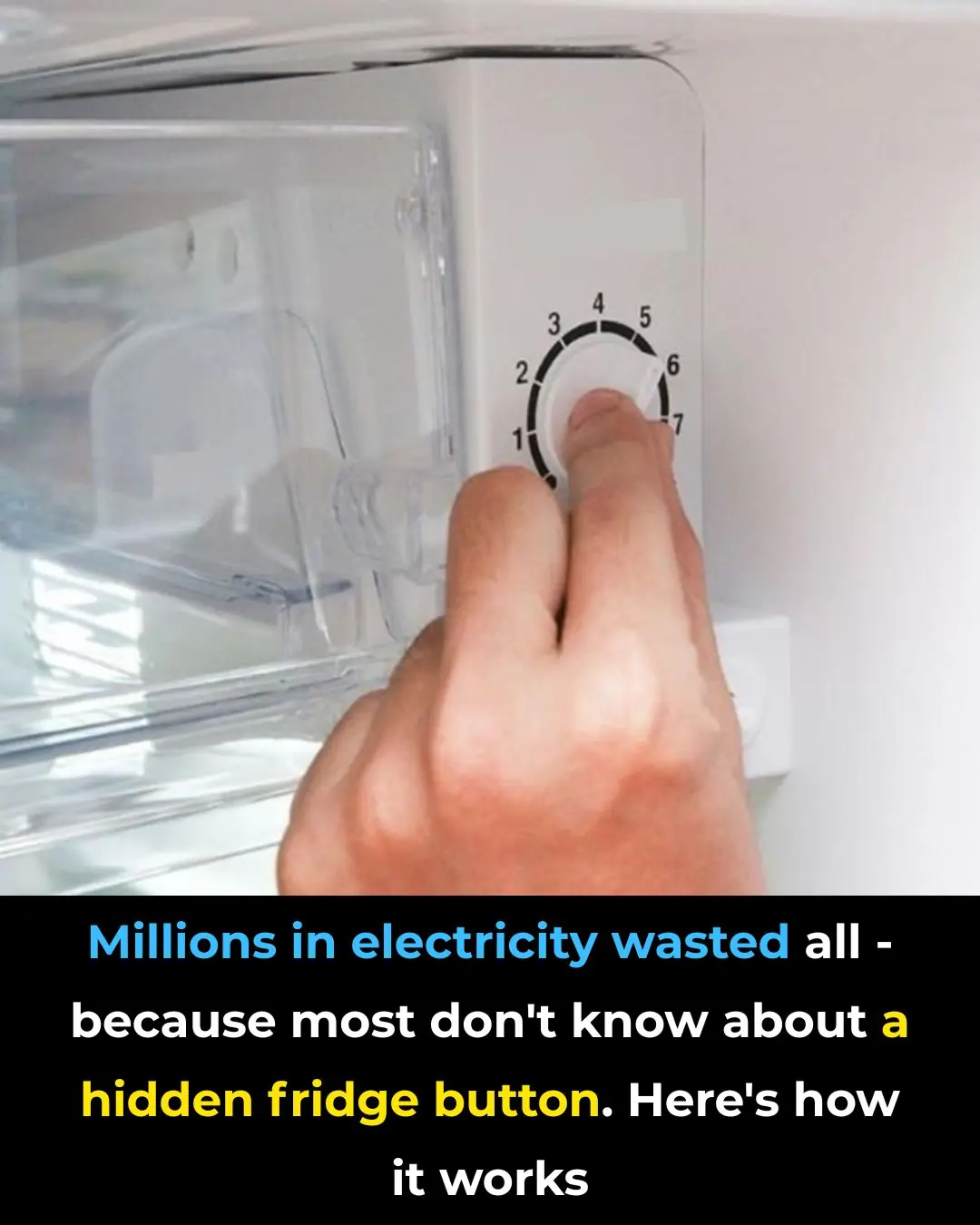
I had no clue about this!
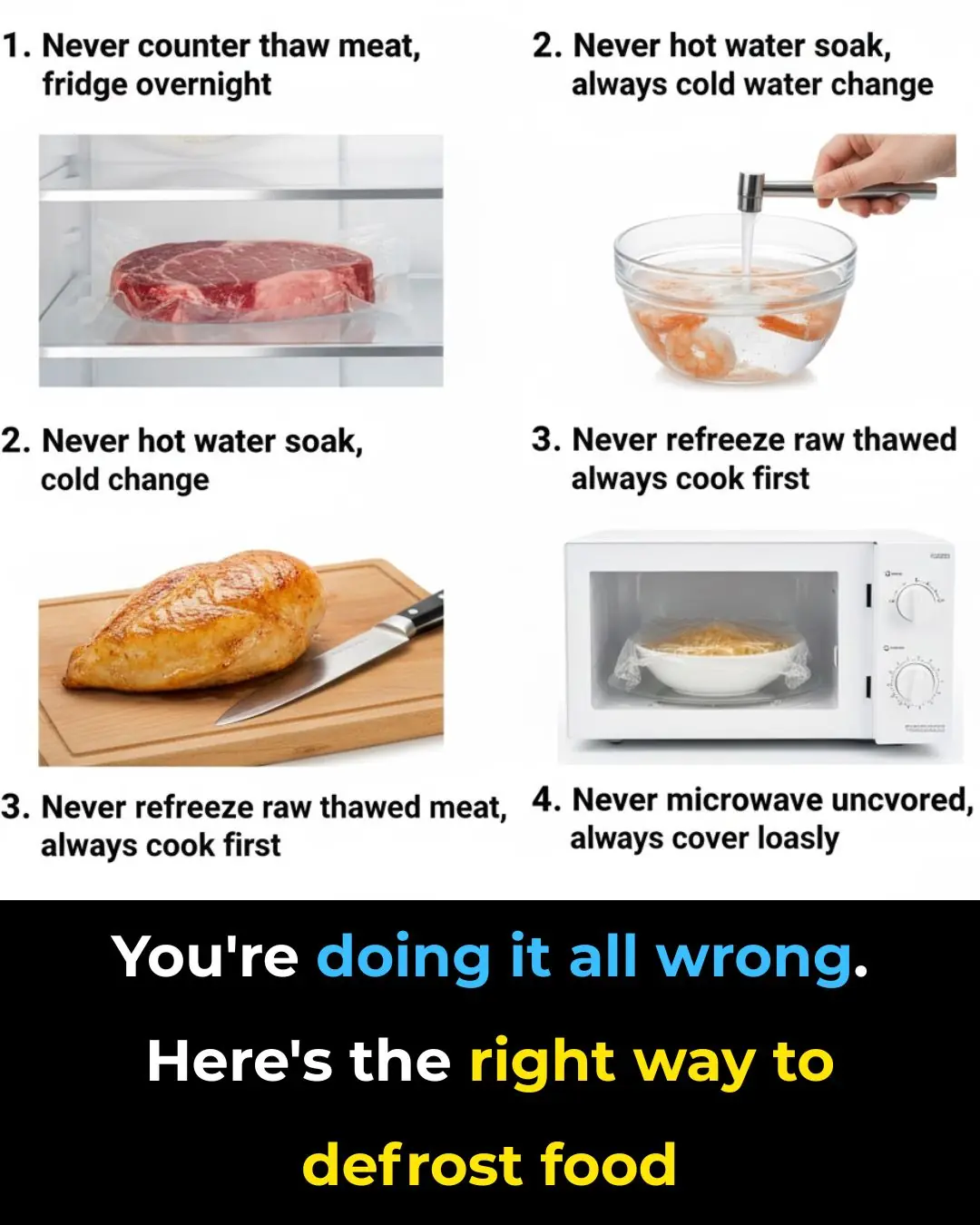
I had no clue about this!
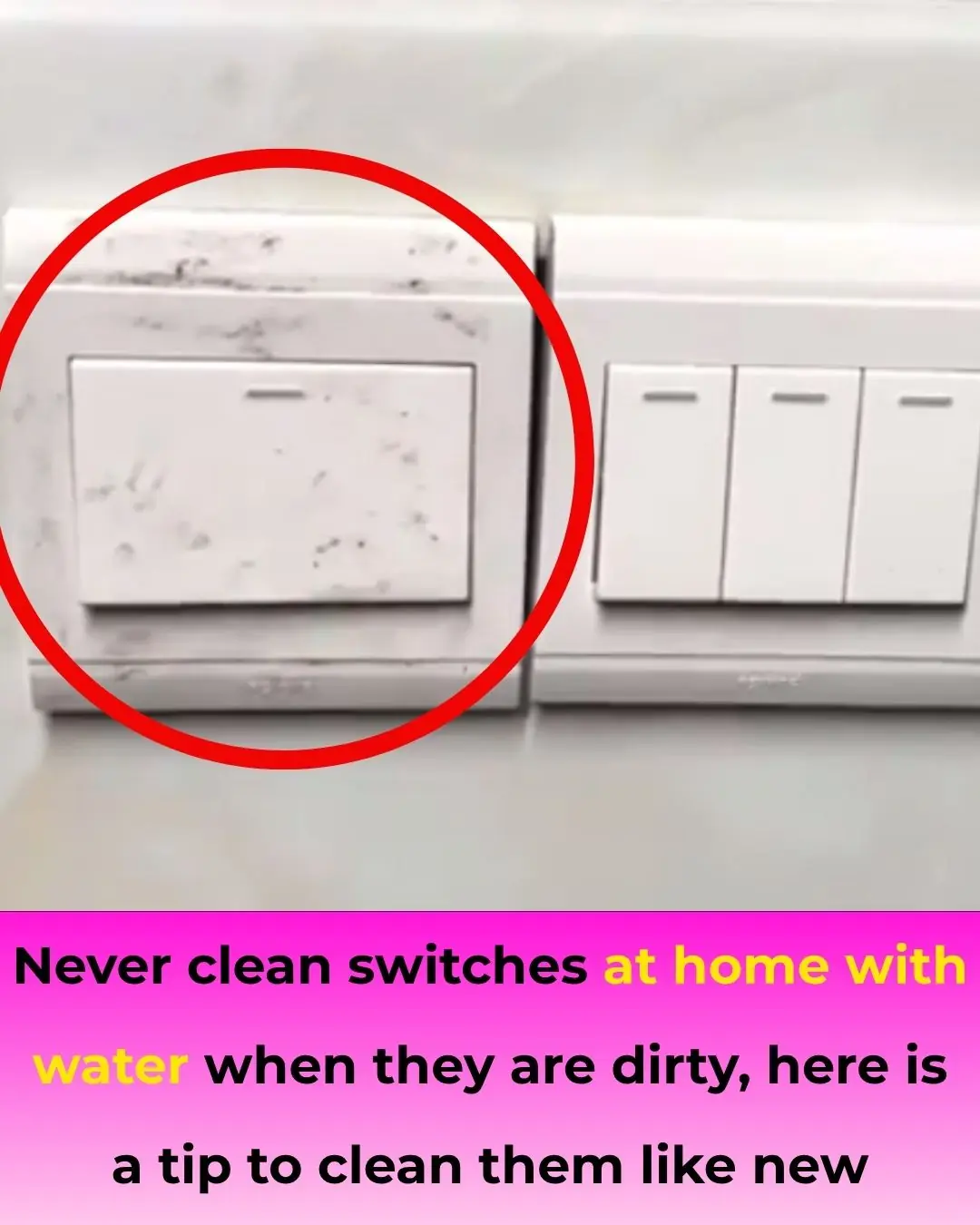
Never Clean Your Light Switch with Water: Here’s a Trick to Make It Spotless
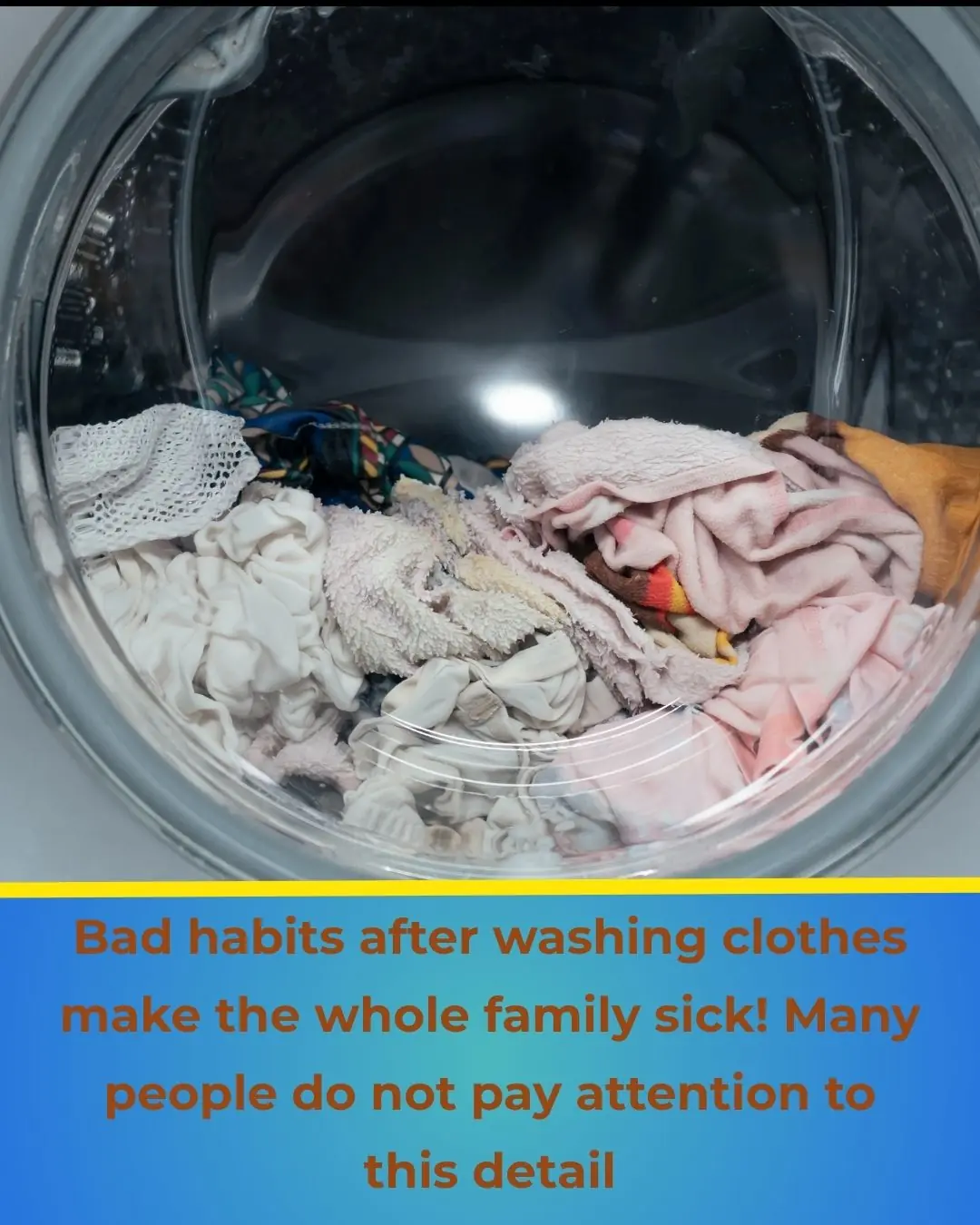
Bad Habits After Doing Laundry That Can Make Your Whole Family Sick! Many People Overlook This Detail
News Post

Face Toner With Cloves & Rose Water: No Wrinkles, No Age Spots
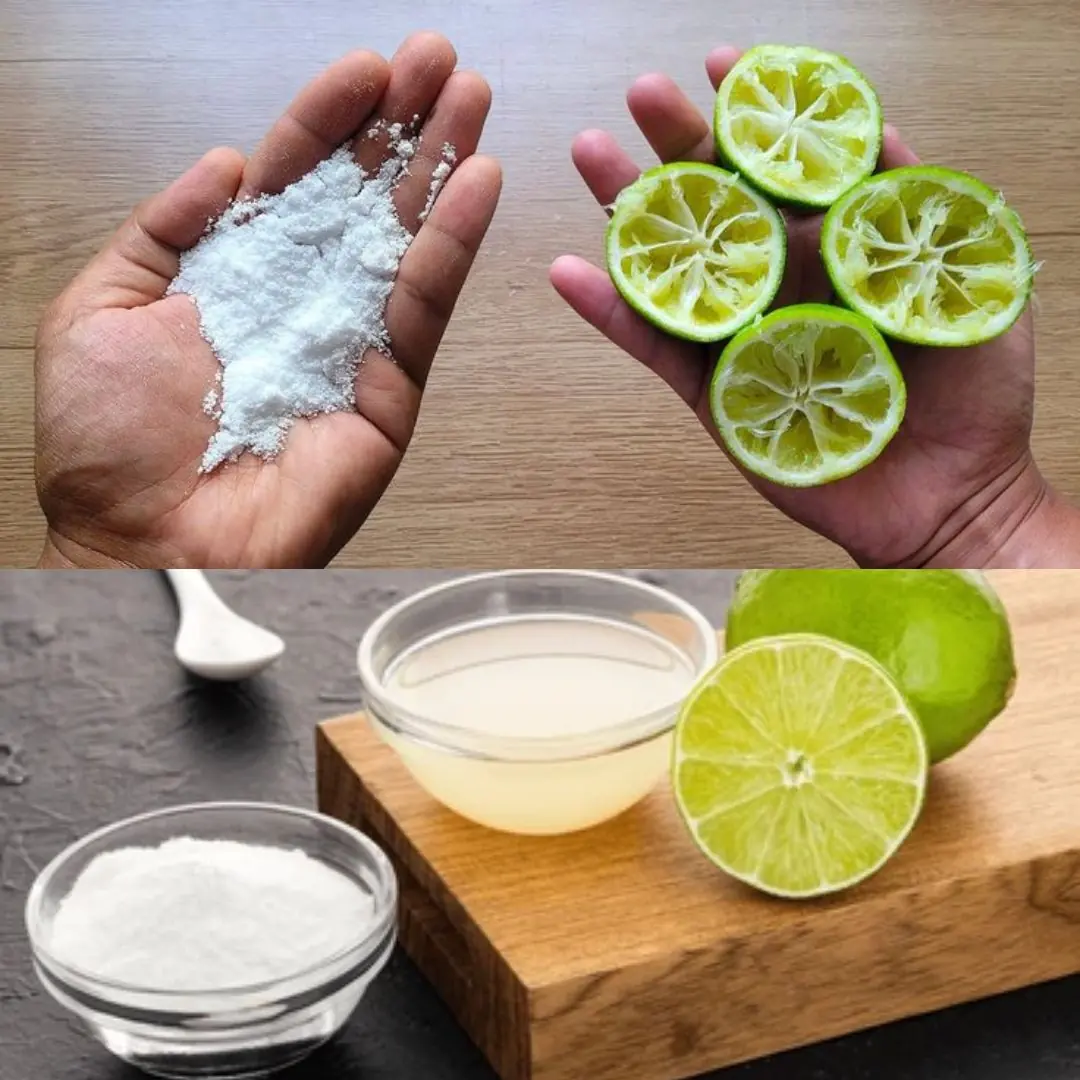
Homemade Lemon Peel Cleaners: Two Powerful Recipes for a Spotless Home

Sweetgum’s Hidden Powers: 7 Surprising Health Benefits You Need to Know

Nourish & Revitalize: How Guava Leaf, Aidan Fruit, and Okra Support Women’s Health

Stick a Toothpick into Your Electric Kettle: Amazing Benefits Every Home Needs, Save Hundreds Each Year
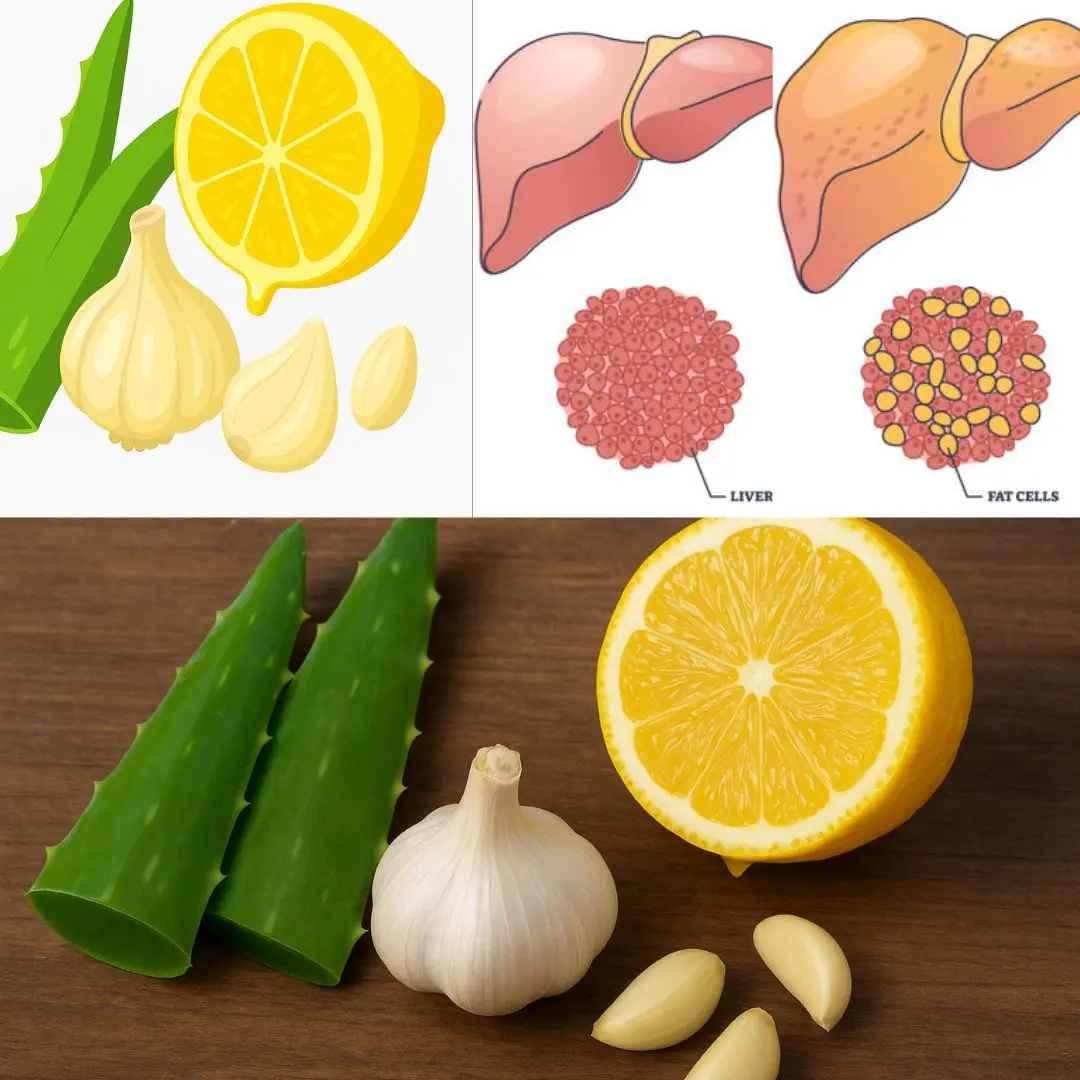
Aloe Vera Super Remedy: Stronger Than Garlic, Lemon, and Fights Bacteria & Fungi Naturally

Never Clean Your Light Switches with Water: Here’s a Safe Trick to Make Them Shine Like New
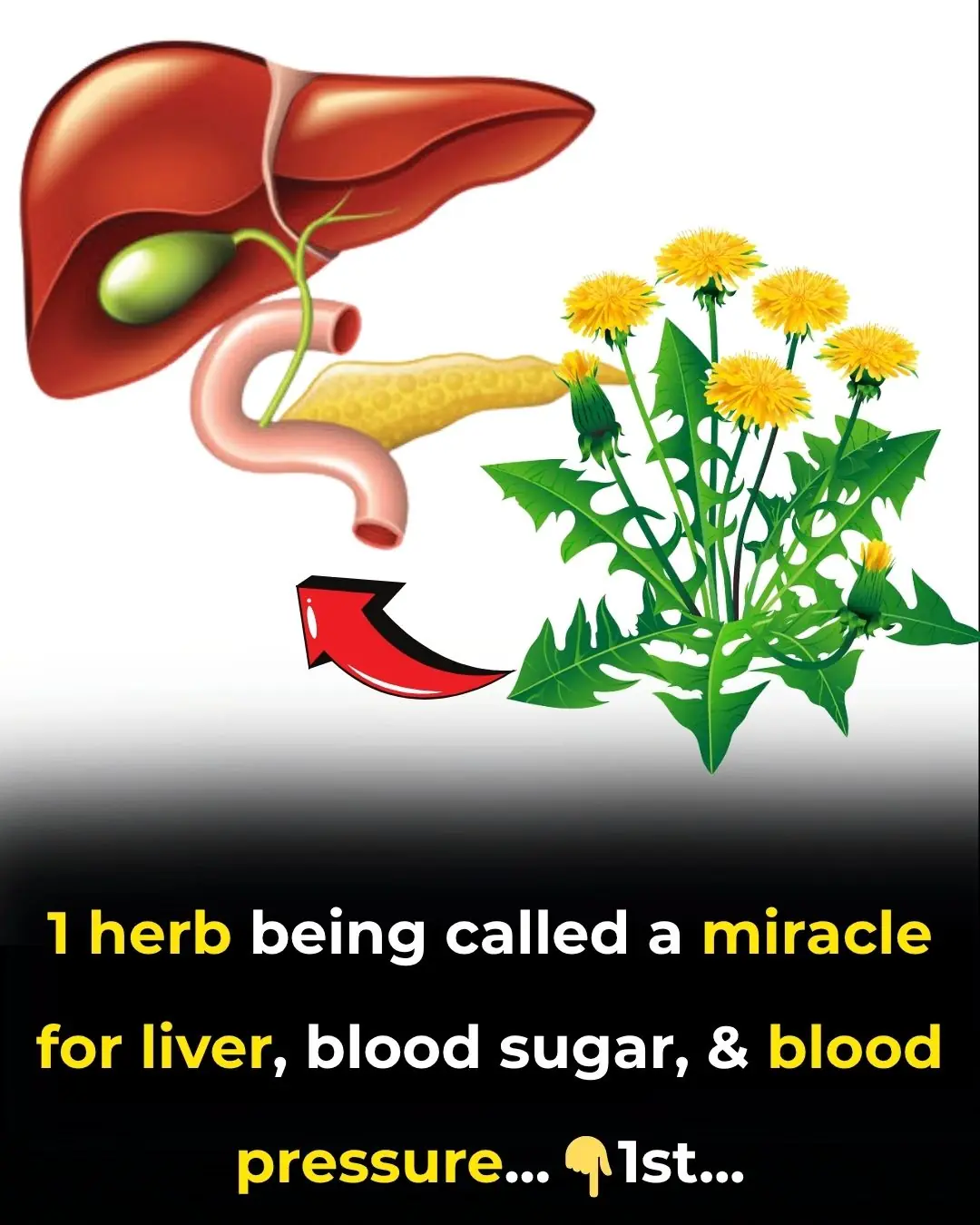
1 herb being called a miracle for liver, blood sugar, and blood pressure

Mix castor oil and rosemary — the 7-day results will surprise you
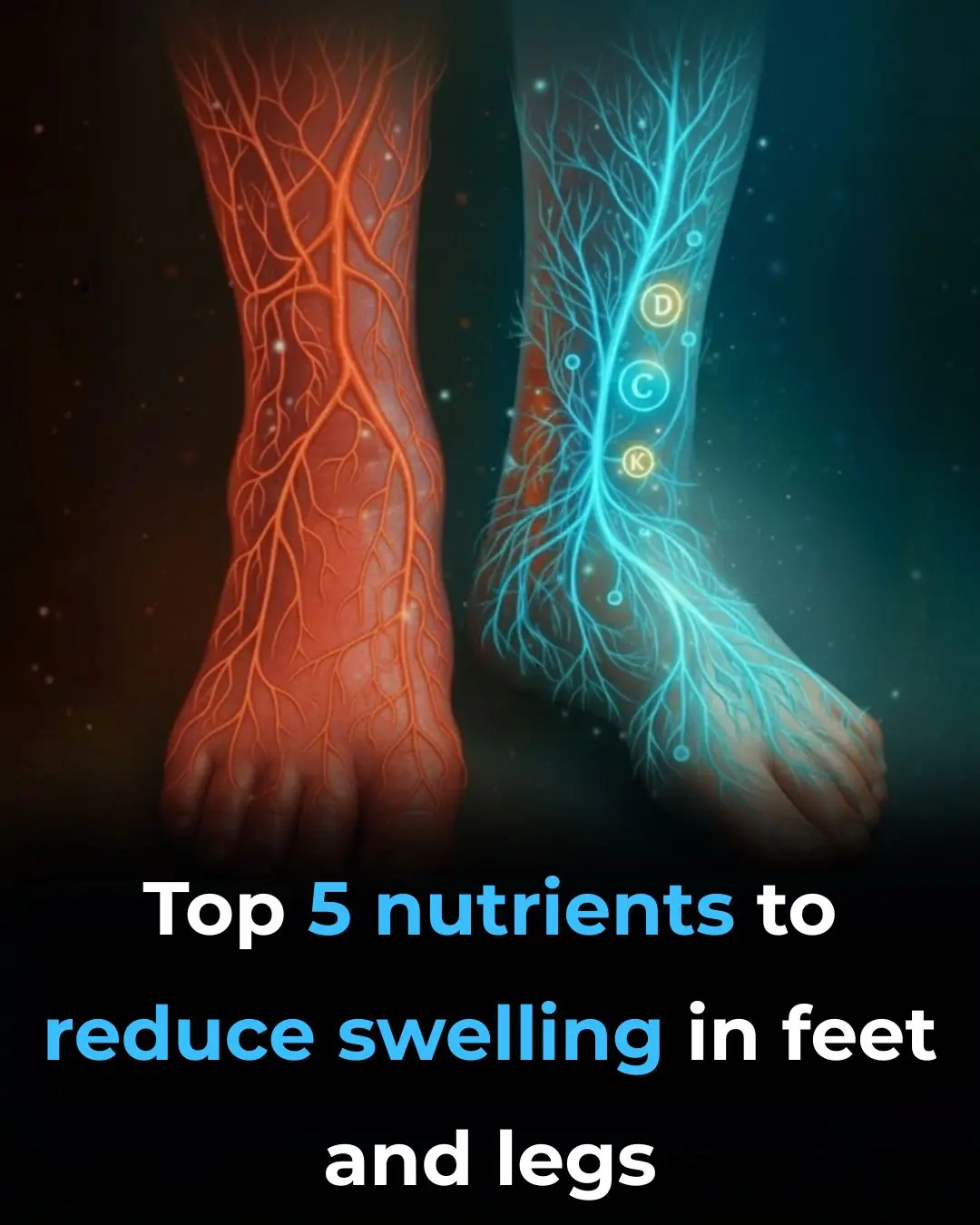
Top 5 Nutrients to Reduce Swelling in Feet and Legs
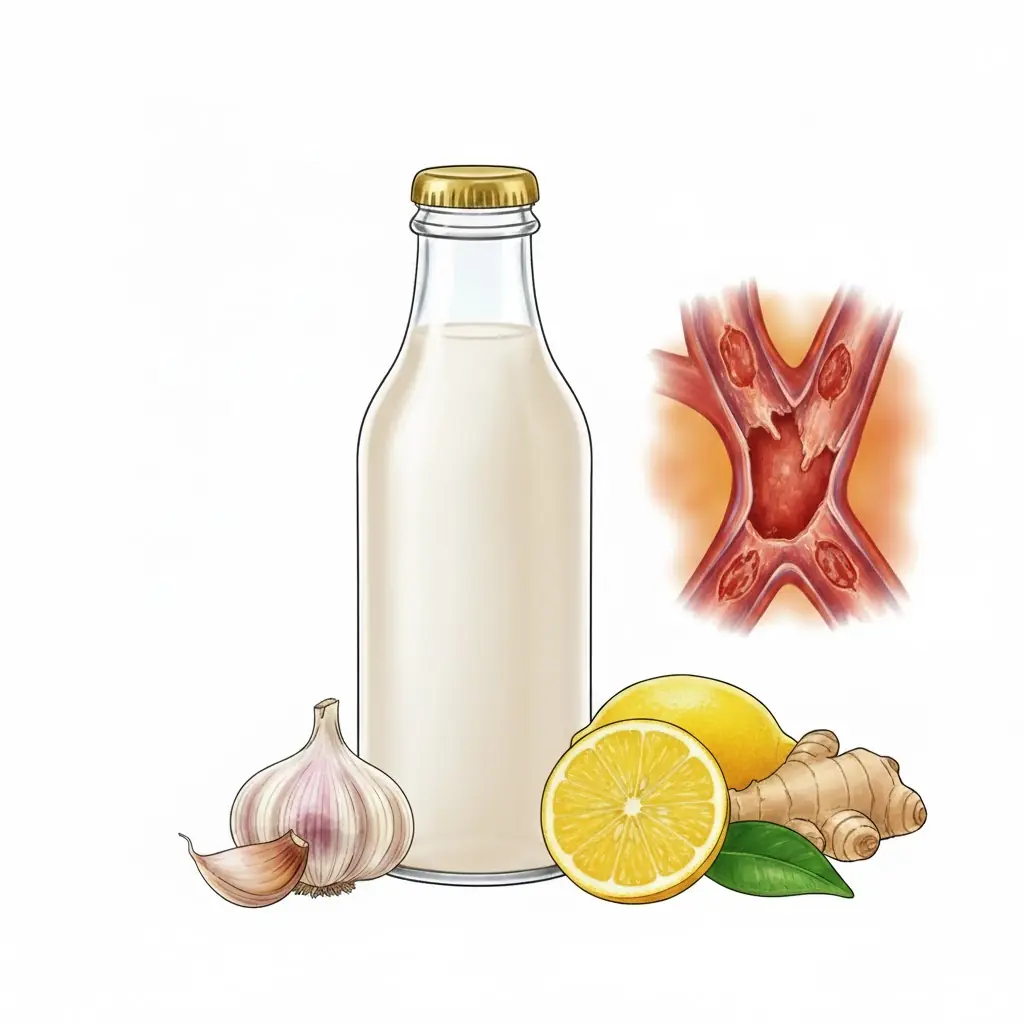
Natural Artery-Cleansing Drink: A Powerful Home Remedy for Heart Health

Why You Shouldn’t Pluck Your Nose Hairs
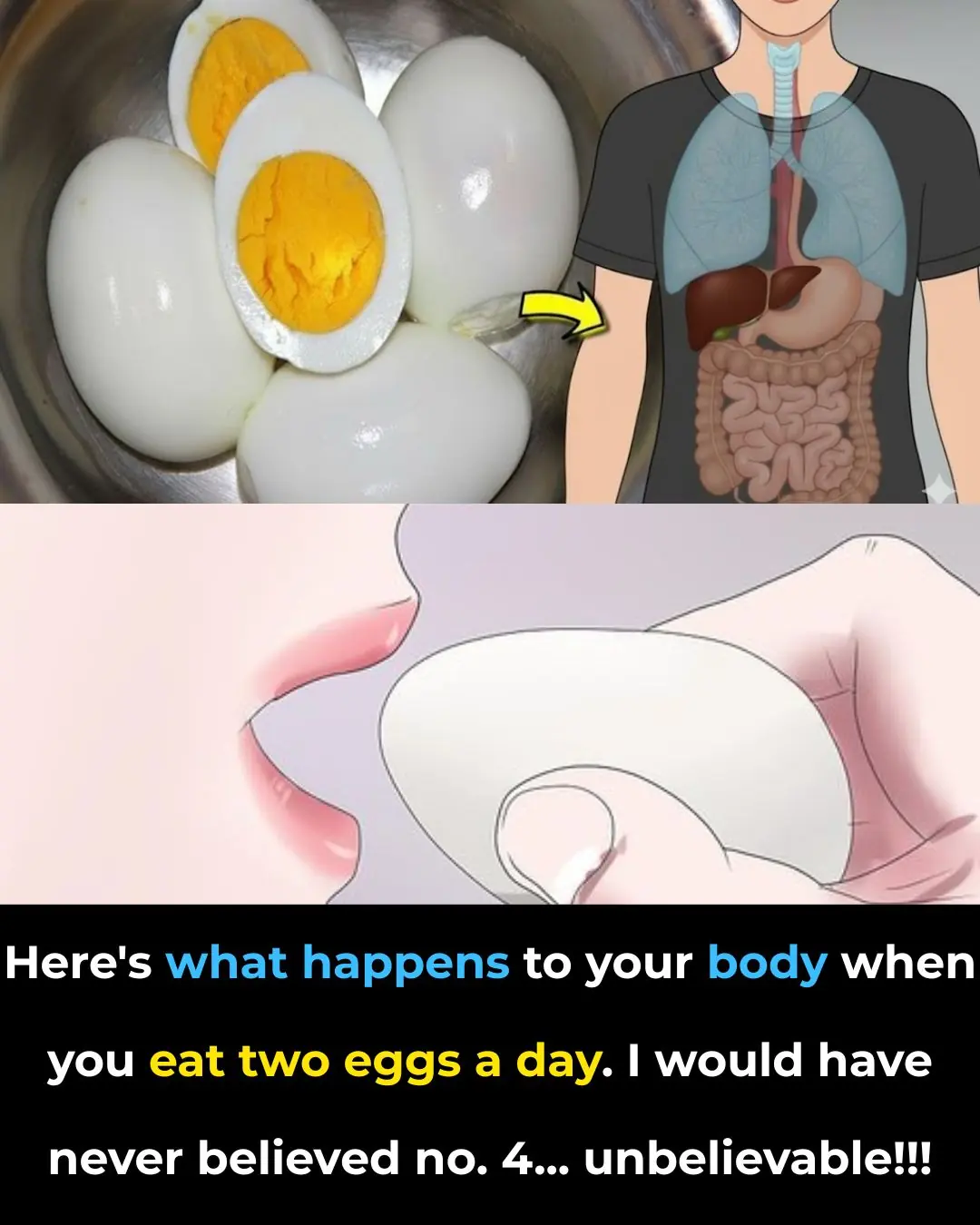
Proven Health Benefits of Eating Eggs Based on Evidence

5 Powerful Vitamins That Help Stop Acid Reflux Naturally
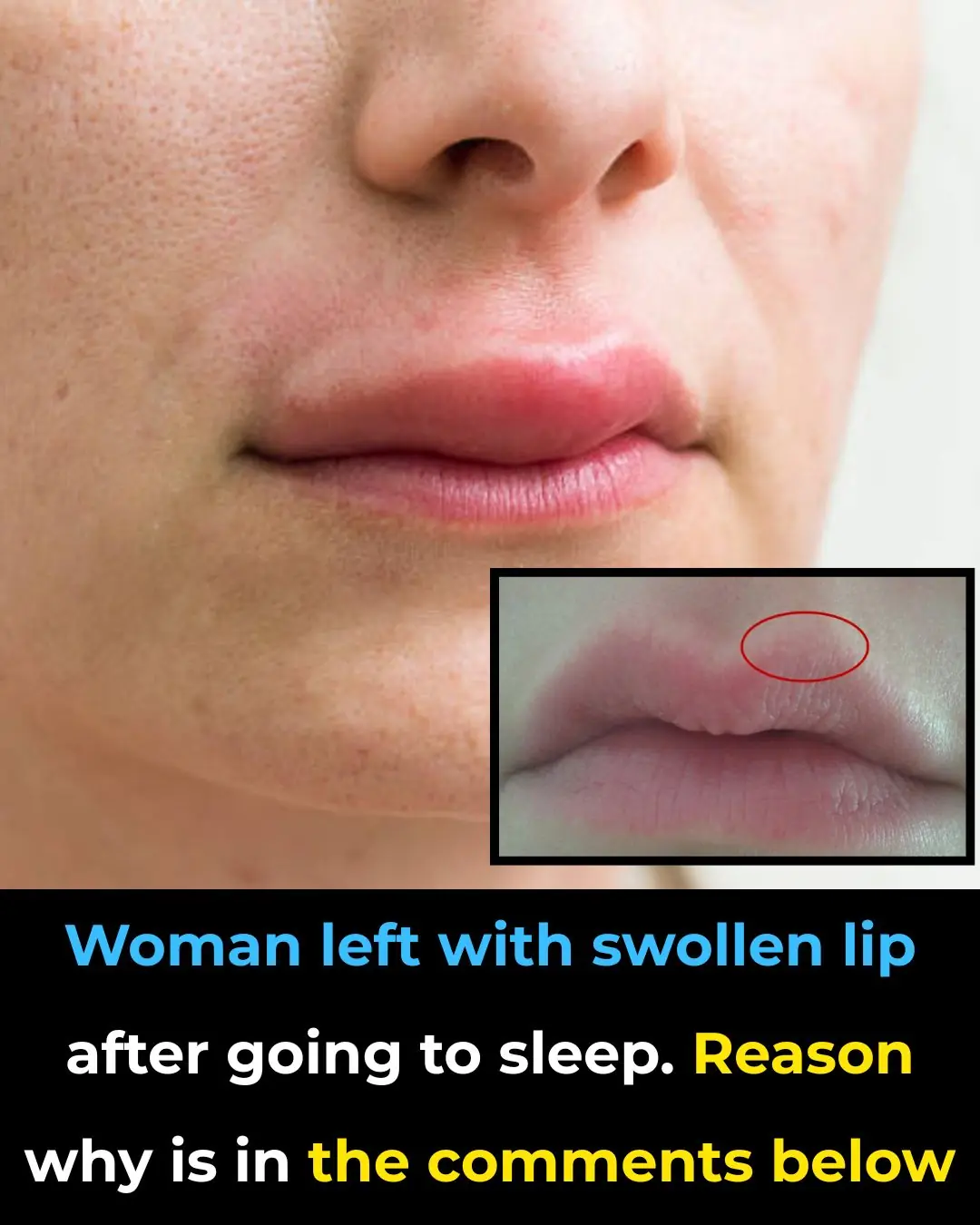
Woman Left with Swollen Lip After Centipede Bites Her in Sleep
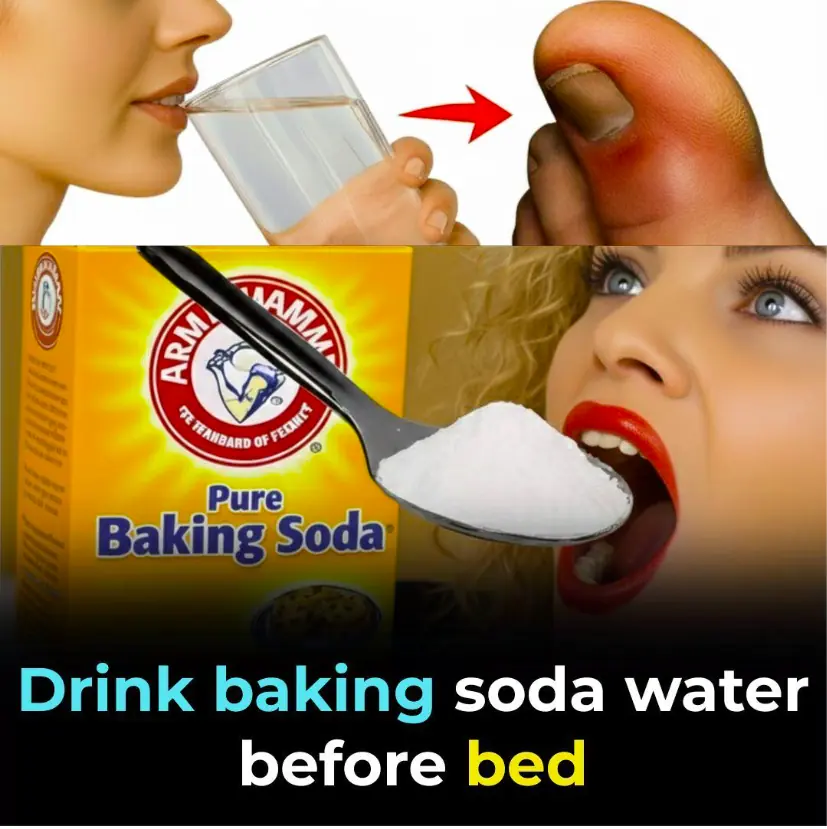
Unlock Baking Soda’s Hidden Powers Today
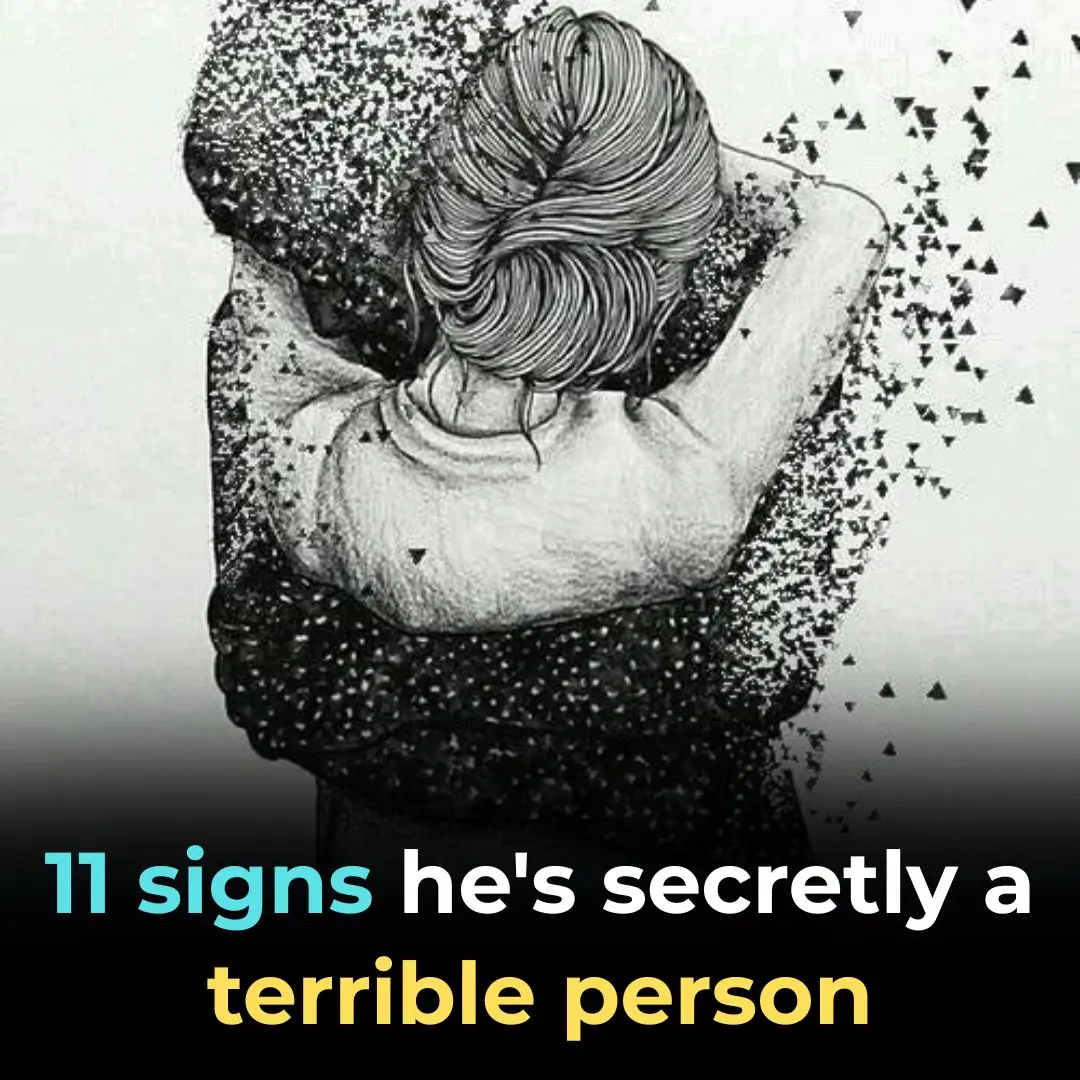
20 Subtle Signs He’s Not as Good as He Seems
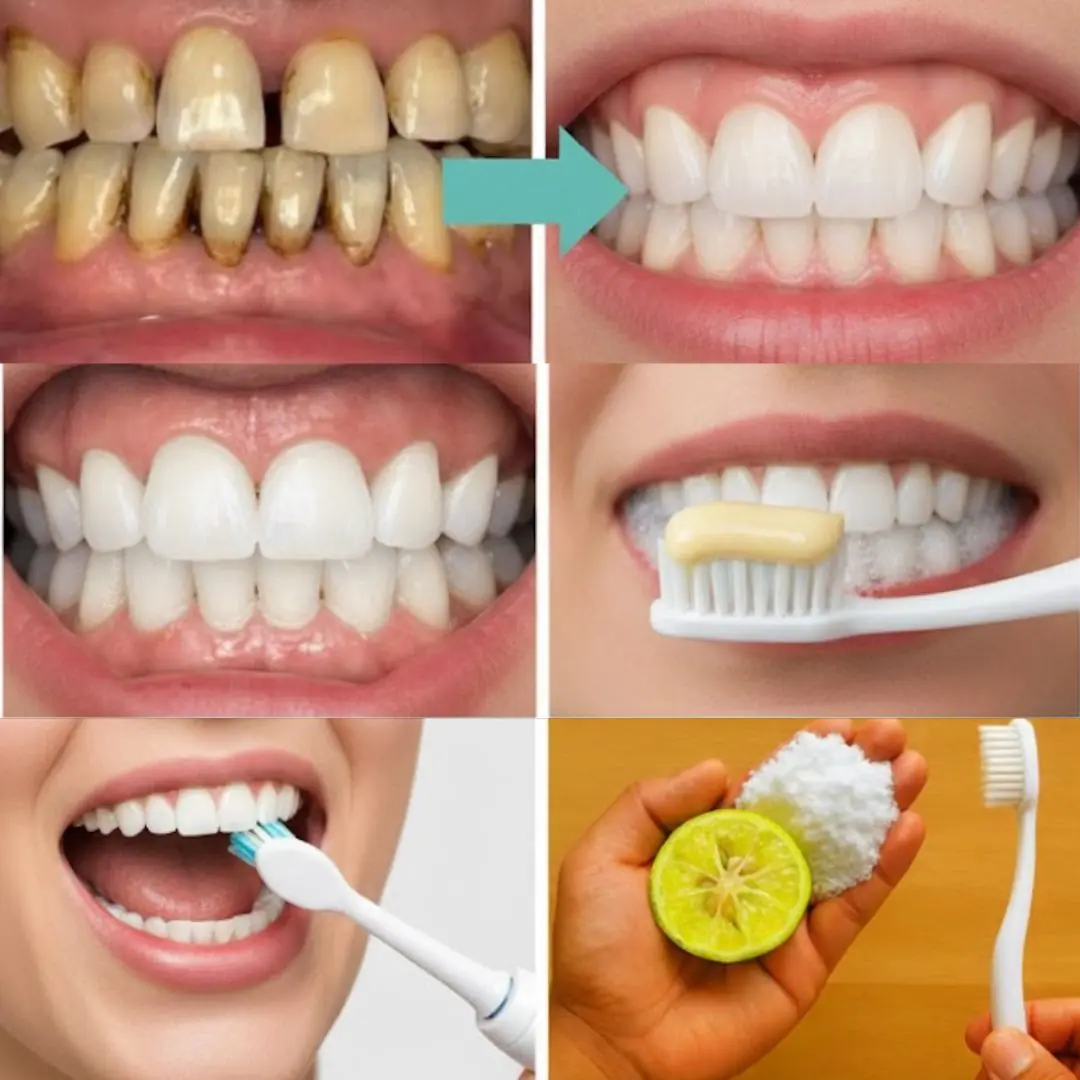
7 Natural Home Remedies to Whiten Your Teeth at Home
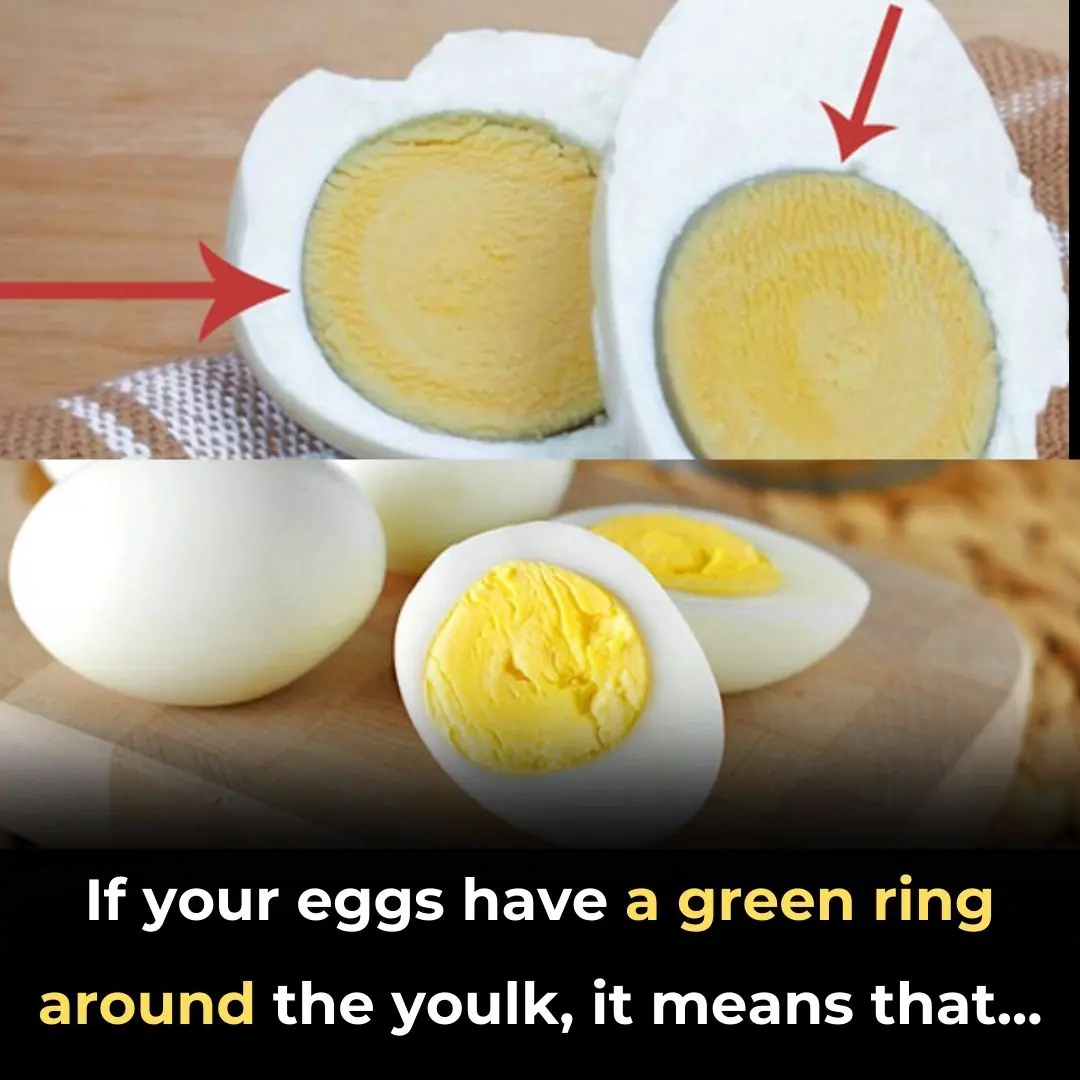
Why Your Hard-Boiled Eggs Have That Weird Green Ring
